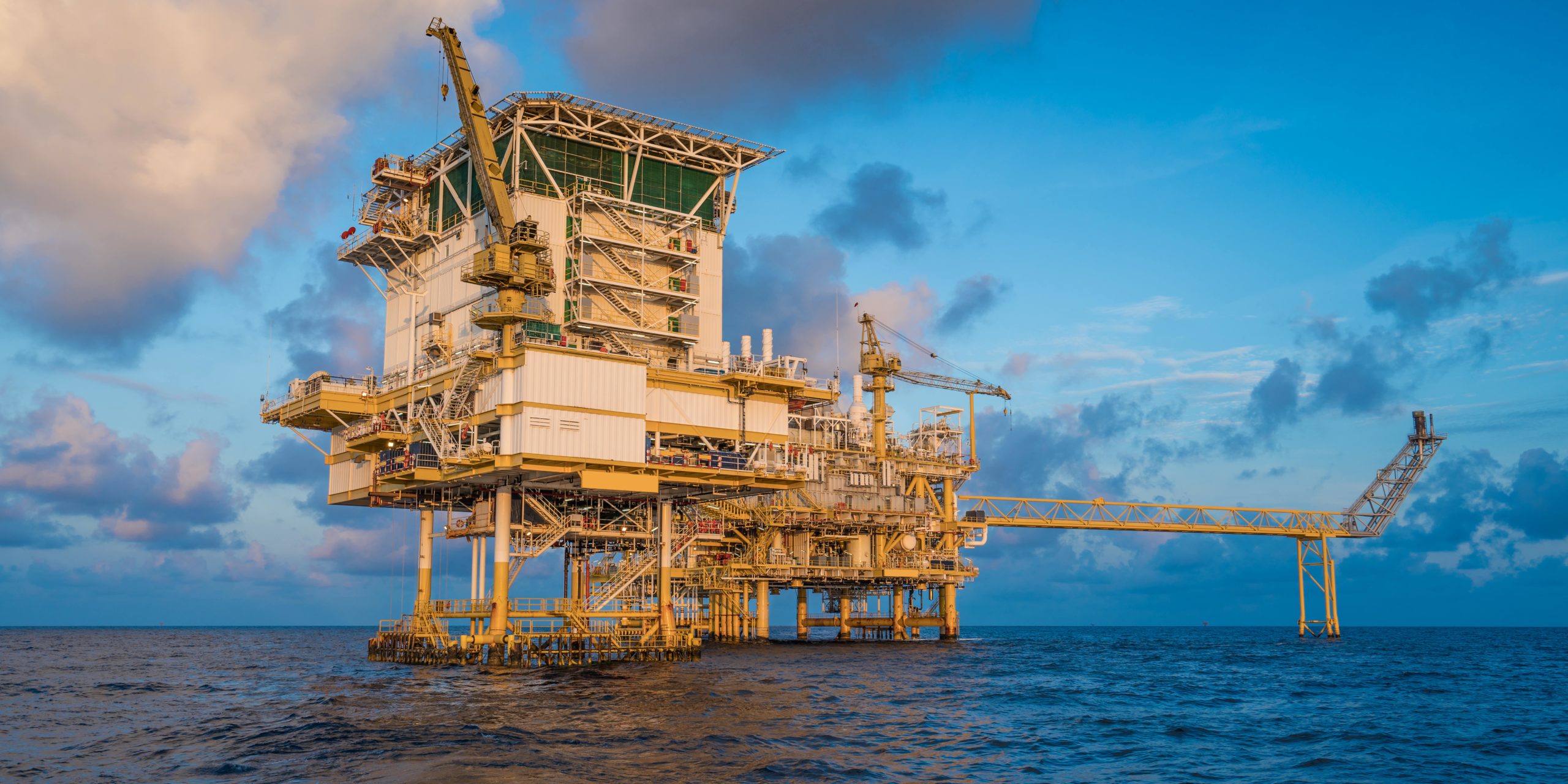Investing in the low-carbon economy was a huge stock market theme through 2020 and 2021, but in the first half of 2022 oil and gas performed so strongly that investors piled into the pure play oil and gas producers.
Following policy support in the wake of net-zero pledges at COP26 last November, countries and companies alike seemed to set the seal on a structural shift into green investment plays and out of fossil fuel sectors.

During 2022, it’s been nothing like that. Analyst company Wood Mackenzie said that the war in Ukraine and the changing economic climate turned things on their head. Oil and gas performed supremely in the stock market for the first five months of the year.
Investors piled into the pure play oil and gas producers that are most leveraged to oil prices, much as they would in any upcycle. US independents led the sector rise through early June before the oil price and shares fell back over late June and early July.
Persisting with capital discipline paid off big time in 2022, with high prices turning upstream players into cash machines. Financially stretched companies that were expected to take up to five years to pay down debt to ‘normal’ levels at $60-70/bbl were suddenly able to do it in two years at $100/bbl. Earnings and cash flow ballooned, and share prices rose.
WoodMac stated that free cash flow wasn’t being ploughed into growth this cycle. Most companies are targeting low-to-mid single-digit production growth, well below the targets of yesteryear. Investors don’t want companies to spend more, the company explained. A tight upstream supply chain has diluted the bang for buck for incremental spending. And then there’s self-interest – management has found that the less they spend, the better the company’s shares perform.
“The expectation is that dividends and buybacks will stay high at $100/bbl. Variable and special dividend ‘bonuses’ have been a bonanza for shareholding employees who have never had it so good,” WoodMac noted.
Furthermore, integrated companies are less leveraged to price but have also performed well in 2022. Strong upstream and trading profits are being boosted by record refining margins – a rare treble. Share prices for US majors Exxon and Chevron have kept pace with independents during the first five months of the year and have held up better in the sell-off since early June.
European majors are also reaping the earnings and cash-flow boom. Share price performance has been strong relative to the wider stock market, but most have lagged behind their US peers. US majors have long commanded a premium rating compared to their European counterparts, partly a function of the relatively high rating of the US stock market. WoodMac stated that the gap has widened.
A big differentiator is the pace of decarbonisation. The US majors are only at an early, tentative stage of committing to investing in decarbonization, whereas the Euro majors are already well ahead in diversifying and are accelerating investment.
“Budgets for new energy have doubled in the last two years and, by 2030, the most aggressive, such as BP, could be spending 50 percent of the total investment on low-carbon projects. REPowerEU, the EU policy to accelerate the energy transition and make Europe independent of Russian fossil fuels before 2030, reinforces the rationale behind European major strategies,” WoodMac explained.
Yet investors continue to harbour the same doubts around Big Energy – Big Oil’s ability to execute low-carbon strategies, the modest returns from investment in low-carbon opportunities, and the sustained cash burn as the new business is built out.
WoodMac also posed the question of when and how investors’ perceptions might change. It may take longer than expected following COP26. Russia’s invasion of Ukraine has highlighted the world’s current dependence on oil and gas and cast doubt over the pace the world is prepared to embrace decarbonisation.
“The structural dislocation in oil and gas markets means we now expect elevated oil and gas prices for the next few years. This has transformed the financial outlook for the sector and the attractiveness of pure plays and oil and gas-focused players to investors. They are making big money now,” WoodMac explained in its analysis.
The analyst firm still believes, though, that the transition is going to happen, and that oil and gas companies have significant value at risk, whether from the increased implementation of carbon pricing or future declines in oil and gas demand – or both.
“Companies that fail to adapt to the emerging low-carbon world will suffer a progressive de-rating in the market,” WoodMac said.
But change takes time, and the signposts of the business transformation journey the Euro majors have embarked on lie some distance in the future. Our forecasts suggest it’s not until 2028 that free cash flow from the existing renewables project pipelines turns positive – but still these assets will only contribute around 10 percent of Euro majors’ operating cash flow.
Abundant cash flow does enable diversifying majors to placate investors with higher pay-outs and buy-backs while they push forward with investment in low carbon and building a sustainable future.
Also, there still appears to be plenty of private capital looking for opportunities to access renewables portfolios. Expect more farm-downs, an option that Repsol, TotalEnergies and Equinor have used successfully to unlock gains. And perhaps even going a step further, as Repsol did last month by selling 25 percent of its renewables business for just over $900 million.
For more information visit www.woodmac.com




















